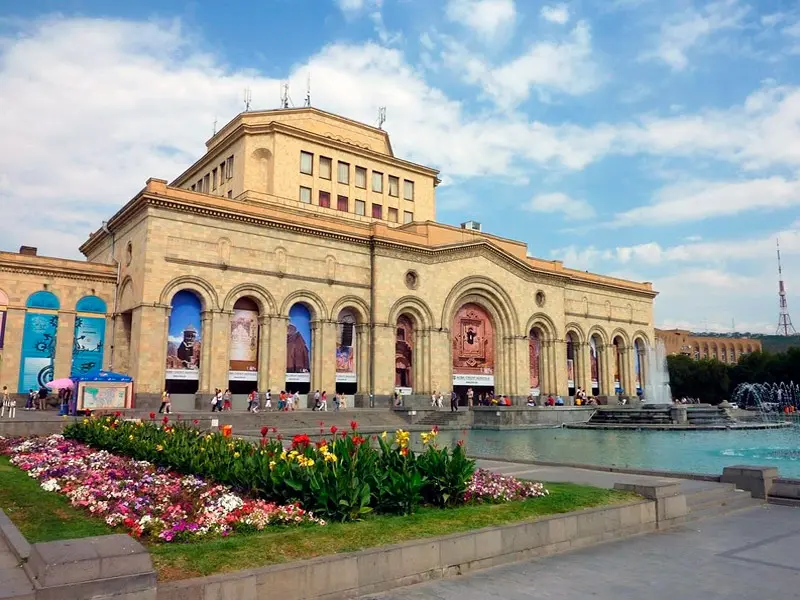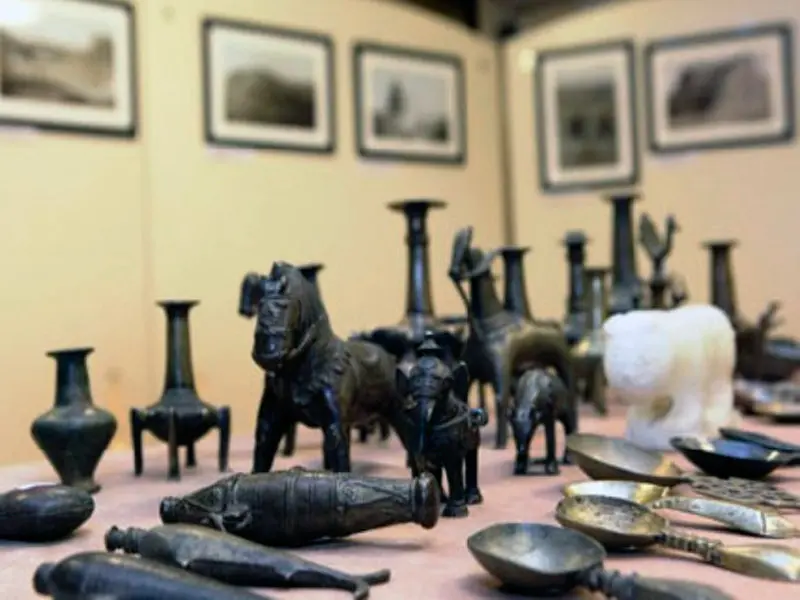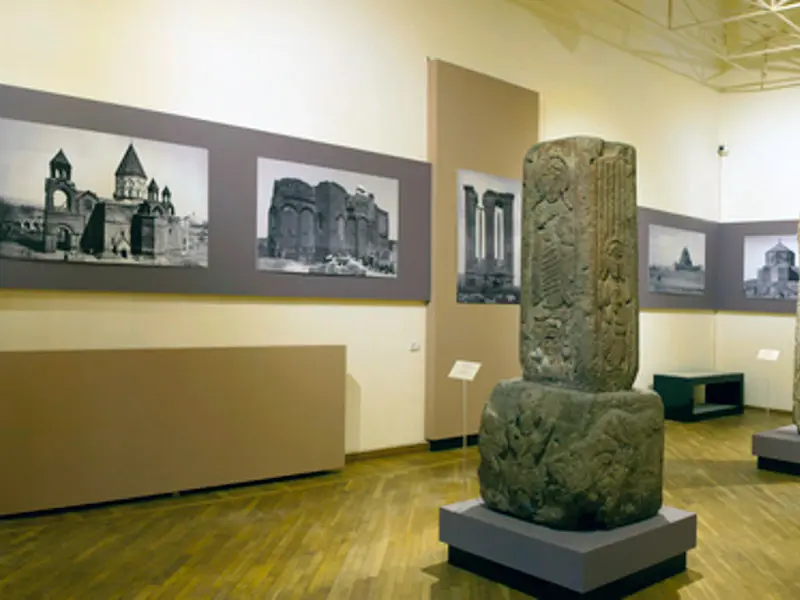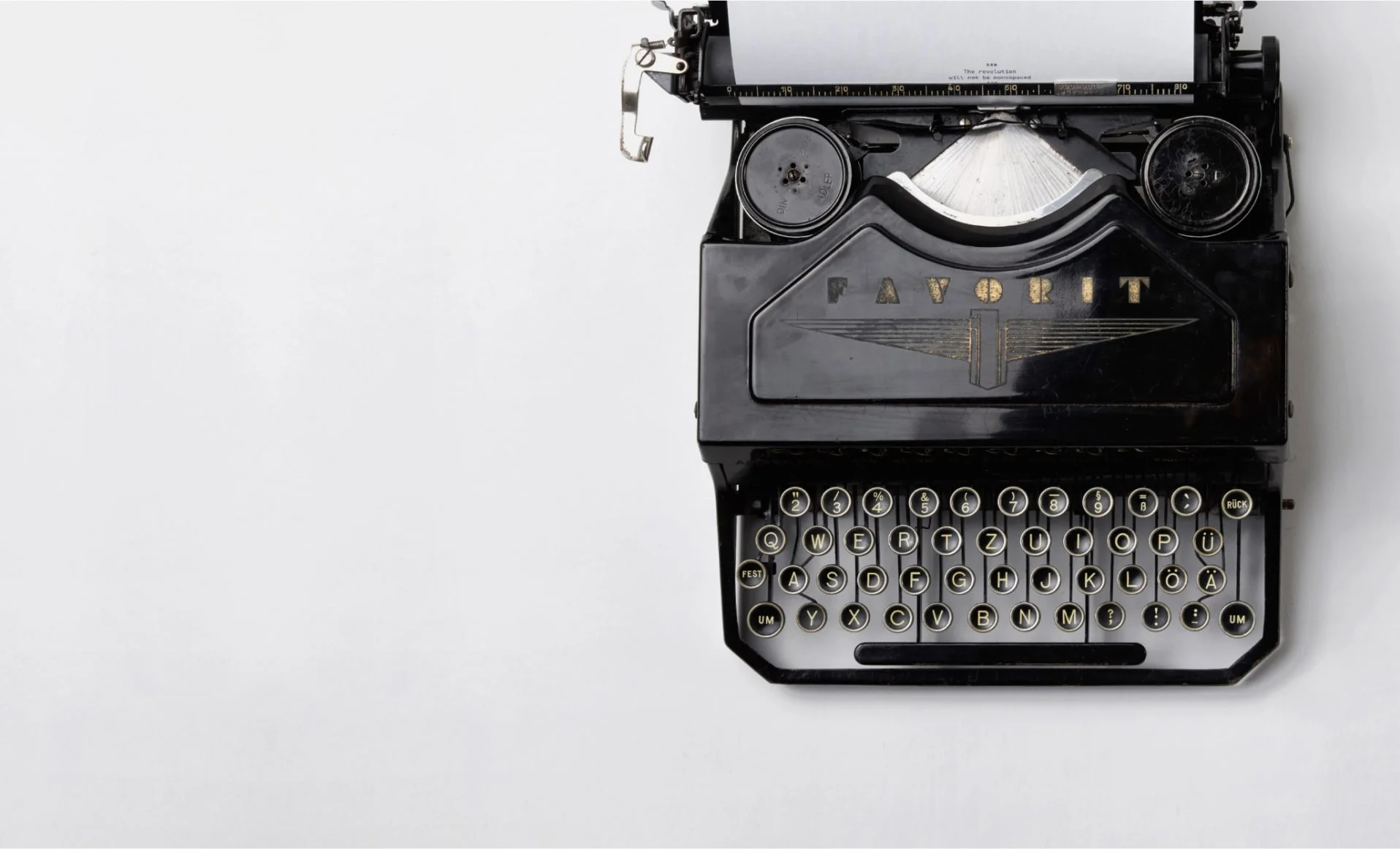 The main museum of Armenia is the National History Museum, located on the Republic Square. The elegant and refined museum building is one of the most famous postcards of Yerevan. This miracle of architecture, together with “singing fountains” in front of it, harmoniously blends into the overall architectural ensemble of the Republic Square. The museum was founded during the reign of the First Republic of Armenia and was first opened to the public in August, 1921. The History Museum of Armenia contains more than 400,000 exhibits, and covers various periods of development of Armenia, from pre-Christian times up to the present.
The main museum of Armenia is the National History Museum, located on the Republic Square. The elegant and refined museum building is one of the most famous postcards of Yerevan. This miracle of architecture, together with “singing fountains” in front of it, harmoniously blends into the overall architectural ensemble of the Republic Square. The museum was founded during the reign of the First Republic of Armenia and was first opened to the public in August, 1921. The History Museum of Armenia contains more than 400,000 exhibits, and covers various periods of development of Armenia, from pre-Christian times up to the present.
The museum collection is presented both in temporary and permanent exhibitions. Temporary and permanent exhibitions are thematically divided and devoted to archeology, ethnography, historical architecture, numismatics, where you can see many ancient artifacts. There is also a section dedicated to modern Armenian history.
 The Museum of History of Armenia is a truly amazing treasury, moving along which one can literally feel the flow of time and travel through the ages. The Museum of History once again proves the rich cultural heritage of Armenia. In the presented collection one can see artifacts that prove the socio-economic and cultural interaction of the Armenian Kingdom with ancient civilizations and empires, such as Egypt, Persia, Assyria, Rome, and Byzantium. Here you can see the unique finds from the Bronze Age era: tools, weapons, jewelry, and household items. The pride of the museum is the section devoted to the first state formation on the territory of Armenia – the state of Urartu. The museum presents archaeological finds that tell about the history of the ancient kingdom of Urartu, stories full of bright ups and downs. The collection includes clay tablets with cuneiform writings, the famous cuneiform obelisk of Argishti I, which tells about the beginning of the construction of Erebuni; elegant bronze statuettes, ceramics, weapons decorated with engravings, gold and silver decorations. Here you can also see the bronze armor of King Argishti I, the founder of Yerevan (787-760 BC).
The Museum of History of Armenia is a truly amazing treasury, moving along which one can literally feel the flow of time and travel through the ages. The Museum of History once again proves the rich cultural heritage of Armenia. In the presented collection one can see artifacts that prove the socio-economic and cultural interaction of the Armenian Kingdom with ancient civilizations and empires, such as Egypt, Persia, Assyria, Rome, and Byzantium. Here you can see the unique finds from the Bronze Age era: tools, weapons, jewelry, and household items. The pride of the museum is the section devoted to the first state formation on the territory of Armenia – the state of Urartu. The museum presents archaeological finds that tell about the history of the ancient kingdom of Urartu, stories full of bright ups and downs. The collection includes clay tablets with cuneiform writings, the famous cuneiform obelisk of Argishti I, which tells about the beginning of the construction of Erebuni; elegant bronze statuettes, ceramics, weapons decorated with engravings, gold and silver decorations. Here you can also see the bronze armor of King Argishti I, the founder of Yerevan (787-760 BC).  Many of these findings are still being studied and deciphered, as the people of Urartu were full of secrets and mysteries.
Many of these findings are still being studied and deciphered, as the people of Urartu were full of secrets and mysteries.
Armenia, being recognized as the “cradle of Christianity”, is replete with unique Christian artifacts. The museum focuses on Christian artifacts: medieval church utensils from the Museum of St. Echmiadzin and Nakhijevan, manuscripts, bibles and church books adorned with precious stones, and khachkars, which are considered as unquestioning and exclusively Armenian shrines.
The National Museum of the History of Armenia is replete with pieces of arts and crafts. One of the exhibitions is devoted to the art of carpet weaving. This branch of applied art, along with the weaving of national costumes, is an integral part of the Armenian culture. The collection of carpets totals about 2500 pieces, dating from the early Christian Ages to the 19th century. This section also presents a collection of national costumes of different epochs and regions of Armenia.
Admission Fee: 1000 AMD (2 EUR) – for adults; 300 AMD (0.6 EUR) – for schoolchildren, students and pensioners; 5000 AMD (9.5 EUR) – group excursion with a guide in a foreign language
Opening Hours: Tuesday-Saturday 11:00-18:00 (last admission until 17:15), Sunday 11:00-17:00 (last admission until 16:15)
Address: Yerevan, Republic Square, 4
Phone: +374 10 52 06 91
E-mail: info@historymuseum.am
Get acquainted with our tours to Armenia and visit other no less unique sights of the country!













